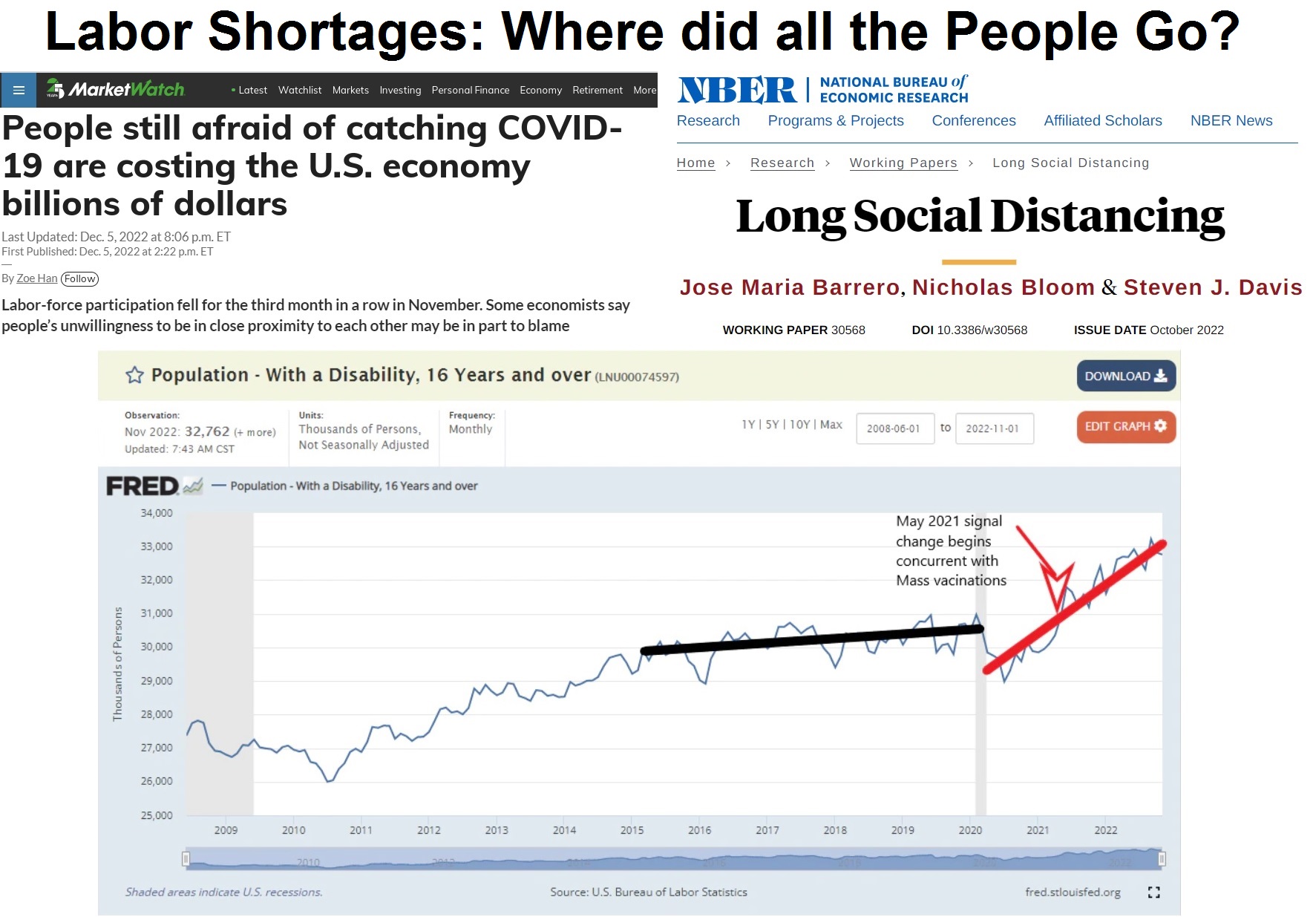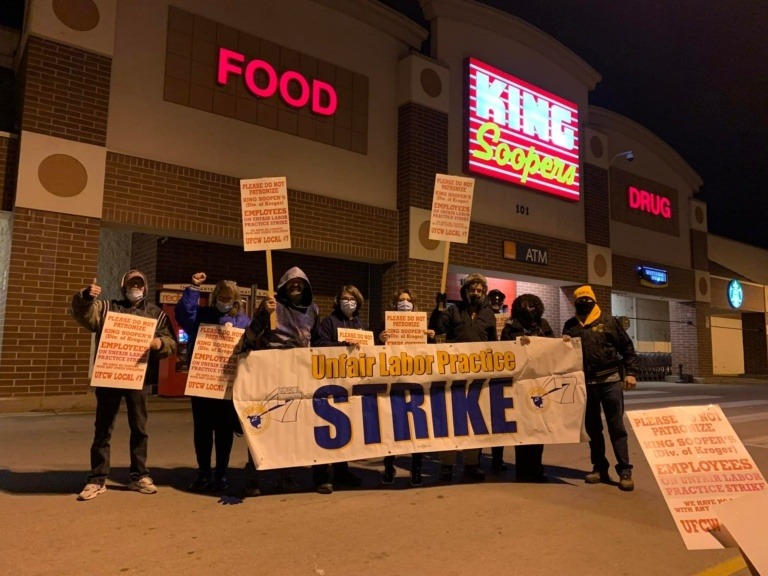“Long Social Distancing” is New Term to Explain Labor Shortages Since COVID-19 Vaccine Roll-Outs
With the United States labor force declining for the third month in a row here at the end of 2022 and now nearly 3 years since COVID-19 started, the corporate media is getting desperate to explain this trend without considering the impact the experimental COVID-19 vaccines have had in causing deaths and disabilities in the U.S. labor force. Just as the CDC came up with the term "Long COVID" to explain lingering disabilities and injuries that are putting pressure on the medical system and insurance industry, now economists have come up with a similar term: "Long Social Distancing." "Long Social Distancing" is allegedly costing the U.S. economy "$250 billion" and is described as "people’s unwillingness to be in close proximity to each." You can't make this stuff up folks! It is unbelievable the lengths they will go to in order NOT to discuss the impacts the COVID vaccines have had on the labor force. How long can the corporate media and the U.S. Government continue to play this game, before a critical mass of the population wakes up and figures out they've been deceived and that the vaccines are killing and maiming people? Those remaining in the workforce are enduring difficult work conditions with less pay due to inflation, and major labor unrest is brewing all across the globe. As we previously reported, the U.S. Government has now forced the railroad unions to accept a new labor contract they are not happy with, which seriously threatens the U.S. economy. We have also previously reported that the U.S. medical system lost 334,000 employees in 2021, and is still bleeding labor losses in 2022. In the UK, the government has put hundreds of soldiers on stand-by to cover for ambulance crews, firefighters, and Border Force staff as a wave of strikes are reportedly set to disrupt crucial public services in the run-up to Christmas.




